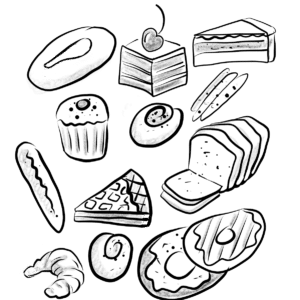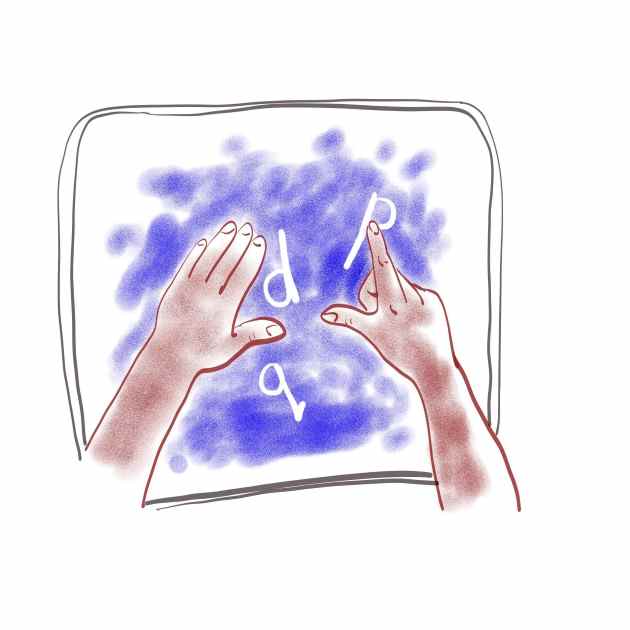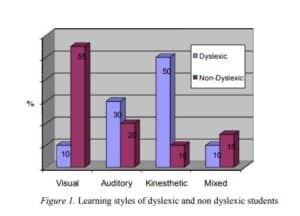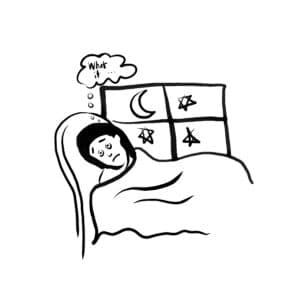
How Going Gluten-Free Transformed our Home
Hi, I’m Melissa, Beth asked me to explain how going gluten-free made a difference in our household. I have a

Our senses—touch, sight, hearing, taste, and smell—are how our body captures information about our surroundings. For example, scent is potent at evoking memories. Every time I smell jasmine, I’m transported back to the porch of my childhood home, which had a sizeable potted jasmine.
In teaching reading and spelling, the three main senses we use are:
Although you can add an essential oil scent to salt trays or Play-Doh, for the most part, it isn’t practical to involve taste and smell in teaching reading and spelling.
An article in the electronic Journal of Research in Educational Psychology*2 compared dyslexic and non-dyslexic university students and concluded that:
“…dyslexic students differ from their non-dyslexic peers in their preferred sensory learning style. Kinaesthetic learning was the most favoured by the dyslexic students, while the non-dyslexic students favoured visual learning.”

Maire Rippel’s blog post on All About Learning Press explains why using as many pathways to learning as possible benefits learners.
“Think of your eyes, ears, and hands as information receptors for your brain.
Your senses gather information and send it to your brain for processing. Then, your brain decides whether to pay attention to the information. If it does, the data is stored in your short-term memory for further processing. The more information receptors you involve, the better the chance that the brain will retain the information.
Interestingly, when children are taught using all three pathways to the brain—visual, auditory, and kinesthetic—they learn more than when taught through only one pathway*1. The more senses we involve, the more learning occurs. So even if your child prefers visual learning, it is still important to teach through all three pathways.”
I’m teaching my niece to spell using the resources from All About Spelling. It’s terrific seeing her progress, and as it has been a while since I used these resources with my son, Harry, it’s reminded me that children learn best with a multisensory approach. My niece enjoys building words using letter tiles. Before she spells a new word, she breaks it into its phonemes by manipulating dominoes, one for each sound.
She’s a squirmer. I suspect she also had ADD, which is typical for kids with dyslexia (around 50-60% of people with ADHD also have a learning disability). Here’s a post from Attitude.com which looks at this link more closely. Although I keep the lesson to around 30 minutes, whenever I see her attention wandering, I get her to hop the spelling word or to bounce a ball as she says each letter.
Kinesthetic learners learn best through movement and hands-on activities. In the 1930s, Samuel Orton, one of the founders of the Orton-Gillingham technique, encouraged students to write in the air with their fingers and trace oversized letters while simultaneously saying the names and sounds of the letters. He understood that integrating the right and left hemispheres of the brain would improve reading and spelling. To learn more about the Orton-Gillingham Approach, click here.
These ideas are taken from a blog post by This Reading Mama. Read the full article here.
A fun way I taught my son his multiplication tables was through stories. Check out the post here.
To learn more about how I use All About Learning resources to teach spelling and reading in 30 minutes a day, click here.
Speechify is an app that can help dyslexic children as it reads online text. Here is my affiliate link.

Hi, I’m Beth. Seven years ago, when I discovered my son had dyslexia, I had a ‘light-bulb’ moment and understood this explained many of my own difficulties. Ever since, I’ve been on a mission to discover the best ways to wrestle what I like to call the dyslexia octopus.

Hi, I’m Melissa, Beth asked me to explain how going gluten-free made a difference in our household. I have a

I need nighttime anxiety relief. It’s 4 AM, and I’m reviewing what happened to Harry at school yesterday and wondering